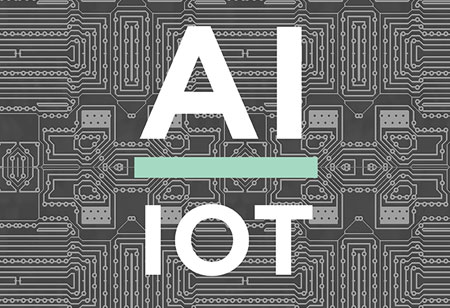THANK YOU FOR SUBSCRIBING
Transforming Healthcare with Edge Computing
Edge computing enables healthcare providers to deploy IoT devices to collect and analyze data from patients. The data gathered is helping healthcare organizations to become smarter, more preventive, responsive and personalized.

By
Apac CIOOutlook | Friday, December 07, 2018
Stay ahead of the industry with exclusive feature stories on the top companies, expert insights and the latest news delivered straight to your inbox. Subscribe today.
Edge computing has enhanced the healthcare applications and is gradually transforming healthcare performance. Healthcare sector is one such industry that hugely relies on fast-paced services as small amounts of latency can have adverse effects. Edge computing enables healthcare providers to deploy IoT devices to collect and analyze data from patients. The data gathered is helping healthcare organizations to become smarter, more preventive, responsive and personalized.
The ever-expanding landscape of connected devices from wheelchairs to wearable health helps in monitoring the daily activities inside the body. This helps the industries to feed the data flexibly and also to analyze this data can help in improving patient care, control costs and deliver exceptional experiences. Many providers are opting for edge computing to solve problems that occur during processing and storage. Healthcare organizations are adapting edge-to-edge technologies that can integrate smoothly, from connectivity to the cloud to IoT endpoints, in a tech-ecosystem which is adequately secured.
Check Out: Top Healthcare Technology Companies
Here are two significant examples of how healthcare organizations are using IoT to gather data, and how edge computing is processing it speedily.
• Reduction in wait time: In-built sensors in wheelchairs, beds, wearables or other clinical equipment help organizations to effectively track, manage and access data whenever it is required. Here, edge computing helps in transmitting this data at a faster pace as it informs the concerned authorities on time.
• Improving patient outcomes: The advantages of remote monitoring are equally significant for both the patient as well as the provider especially when an organization shifts to value-based care. Moreover, leveraging edge technologies will be beneficial in the long run for the enterprises as it creates the opportunity for faster responses thereby potentially saving lives.
As the healthcare sector adopts technologies which are essential for digital transformation, providers can enhance their relationship with the patients, making the care more humanized. Moreover, the devices will be useful only, when the quality and speed of a network binds them efficiently.
Check out: Top Revenue Cycle Management Technology Companies





